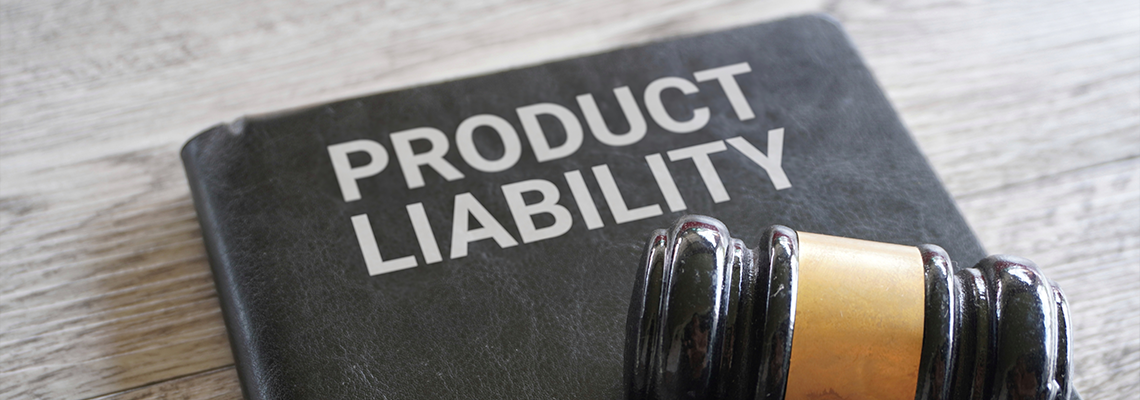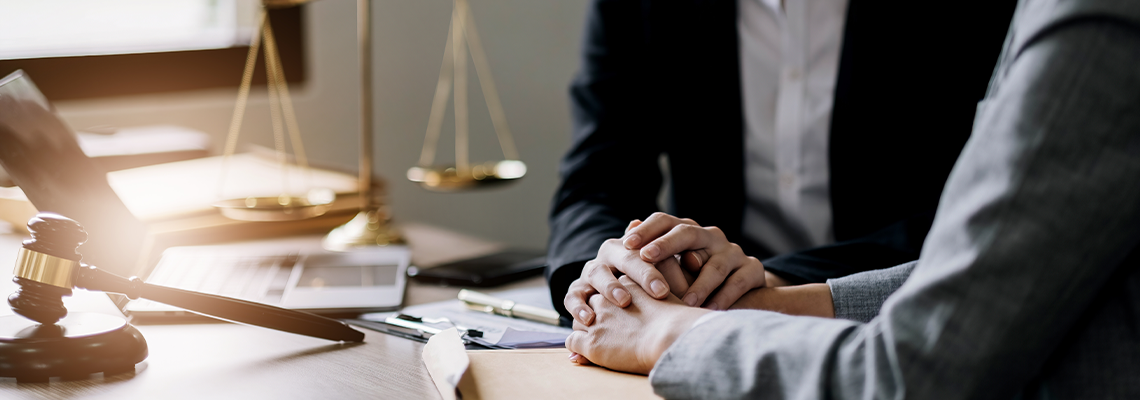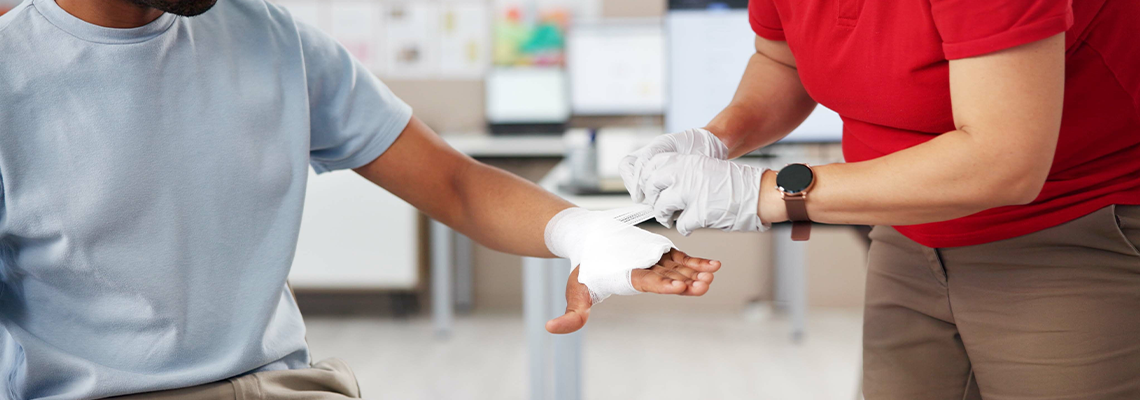
Recalls can significantly shape the outcome of product liability claims. When a manufacturer issues a recall, it often means the company has acknowledged a defect that could cause harm. While this acknowledgment may help injured consumers prove that a product was unsafe, it can also complicate lawsuits if companies argue that a recall limits their responsibility.
Courts, lawyers, and injured consumers must look closely at how the recall was handled, who knew about it, and whether the injury occurred before or after the announcement. The McCallister Law Firm, P.C., based in Kansas City, Missouri, has represented many clients in product liability claims.
By studying how recalls affect these cases, the firm helps injured consumers work through their legal options and pursue the financial recovery they’re entitled to. If you’ve been harmed by a recalled product, don’t wait to discuss your rights—call The McCallister Law Firm, P.C. today.
An Intro to Product Recalls
Product recalls occur when a manufacturer or government agency identifies that an item is unsafe for consumer use. These recalls may be voluntary, where the company initiates the process, or mandatory, where a government body requires the action.
A recall often involves:
Public announcement: Manufacturers must inform the public through media, company websites, or government databases.
Corrective action: Companies may offer repairs, replacements, or refunds.
Distribution stoppage: Further sales of the defective item are halted.
When these steps take place, they don’t erase the harm that defective products may have already caused. Instead, they provide a record that can be used as evidence in future product liability claims.
How Recalls Influence Evidence in Court
A recall often serves as a powerful piece of evidence in lawsuits. Courts frequently treat recall announcements as an acknowledgment that something was wrong with the product’s design, labeling, or manufacturing.
However, how the recall is used depends on the details:
Proof of defect: Plaintiffs may point to the recall as proof that the product was defective.
Timing of injury: If the injury occurred before the recall, the case may focus on whether the manufacturer should have acted sooner.
Defense argument: Companies may argue that consumers ignored recall notices and, therefore, share fault for their injuries.
This balance makes product recalls both beneficial and challenging in product liability claims, and the way the evidence is presented can often influence whether a case leans in favor of the consumer or the manufacturer.
The Relationship Between Recalls and Manufacturer Responsibility
When a product is recalled, manufacturers may argue they acted responsibly by addressing the issue. Yet courts often question whether the recall was timely or adequate.
Manufacturers are typically judged based on several factors:
Speed of response: Did the company issue a recall quickly after learning of the defect?
Breadth of communication: Was the public properly informed, or were recall efforts limited?
Corrective measures: Were consumers given reasonable opportunities to repair or return defective products?
If a manufacturer drags its feet or fails to adequately alert consumers, courts may hold the company liable even after a recall has been issued.
How Recall Timing Impacts Liability
Timing can significantly affect product liability claims. If an injury occurs before the recall, plaintiffs may argue the manufacturer had prior knowledge of risks but failed to act. On the other hand, if an injury happens after the recall, the company may attempt to shift blame to the consumer.
These cases often hinge on two questions:
What did the manufacturer know, and when did it know it?
Was the consumer reasonably expected to know about the recall?
For example, a child injured by a recalled toy weeks after the announcement may still have a valid case if the manufacturer failed to notify retailers or parents effectively.
Types of Defects Leading to Recalls
Recalls are most often triggered by three primary categories of product defects. The first is design defects, which occur when the product is inherently unsafe from the start. An example would be a chair with an unstable frame that easily tips over, putting users at risk.
The second type is manufacturing defects, where an error during production renders certain batches dangerous, such as food items that become contaminated during processing. Finally, labeling defects involve missing or incorrect warnings that cause harm, such as medication sold without proper dosage instructions.
Each of these categories plays a different role in product liability claims, yet recalls linked to any of them can significantly influence how courts determine responsibility.
Government Involvement in Recalls and Liability
Agencies like the Consumer Product Safety Commission (CPSC) or the Food and Drug Administration (FDA) often play an important role in recalls. When these agencies step in, their reports and findings can bolster product liability claims.
Key government actions that affect lawsuits include:
Safety bulletins: These often provide details that plaintiffs can use to prove knowledge of the defect.
Mandatory recalls: Court cases are more persuasive when the recall was ordered by regulators.
Ongoing monitoring: Follow-up reports can establish whether the recall corrected the problem.
Because these agencies keep extensive public records, they serve as a valuable source of evidence in lawsuits tied to recalled products.
Consumer Knowledge and Shared Responsibility
Manufacturers often argue that consumers had notice of the recall and failed to act. Courts will then assess whether the injured person acted reasonably once they knew—or should have known—about the danger.
For example:
Clear notice given: If consumers received direct mail notices and ignored them, companies may argue the consumer shares fault.
Limited notice provided: If only a small press release was issued, consumers may not reasonably be expected to know.
Accessibility issues: Language barriers or limited internet access can also affect whether the notice was adequate.
This balance between consumer and manufacturer responsibility is a recurring issue in product liability claims involving recalls.
Class Action Lawsuits in Recalls
Large recalls often lead to class action lawsuits, which combine the claims of many consumers into a single case. This process can be more efficient for the courts and more practical for individuals whose injuries or financial losses might be too small to pursue on their own.
Class actions are particularly common when large numbers of people experience similar harm, such as when millions of cars are equipped with defective airbags. They also arise in situations where damages per person are relatively minor, like the cost of replacing a faulty household appliance, but still significant when considered collectively.
In addition, class actions are frequently used when allegations of systemic corporate misconduct surface, as courts may view them as a way to hold large companies accountable for widespread harm. Although these lawsuits often streamline the pursuit of justice, they can also reduce the degree of individual control each consumer has over the eventual settlement.
Recalls can either accelerate or delay settlement negotiations, depending on how they’re perceived by both sides. In some cases, the presence of a recall pressures manufacturers to settle quickly because they want to avoid negative publicity.
In other situations, companies may take the opposite approach, insisting that the recall itself fulfilled their responsibility and that further compensation isn’t necessary.
Brian F. McCallister of The McCallister Law Firm, P.C., in Kansas City, Missouri, often emphasizes that the strength of recall evidence plays a critical role in these negotiations. Plaintiffs who can point to detailed, government-backed documentation may hold greater leverage at the negotiating table.
The scope of injury also matters since cases involving severe or life-altering harm can push settlements higher regardless of the recall’s existence. Additionally, when multiple lawsuits arise from the same recalled product, manufacturers sometimes coordinate settlements as a way to manage litigation costs.
Taken together, these factors show how recalls directly influence the strategies that shape outcomes in product liability claims.
How Recalls Impact Jury Perception
Juries often interpret recalls as admissions of guilt by manufacturers. Even when companies argue that recalls were voluntary and preventative, jurors may still see them as evidence that the product was unsafe.
However, defense lawyers may counter by framing recalls as responsible corporate behavior, highlighting that the company took action to prevent further harm.
This dual effect makes recall evidence powerful in shaping jury opinion. It underscores the importance of how each side frames the recall during trial.
Common Industries Affected by Recalls
Recalls are especially common in industries where safety failures can cause widespread harm. Some of the most frequently affected industries include:
Automotive recalls: Defective airbags, brake failures, or engine fires.
Pharmaceutical recalls: Contaminated medications, improper labeling, or undisclosed side effects.
Food recalls: Contamination by Salmonella, Listeria, or foreign objects.
Consumer electronics recalls: Devices prone to battery fires or electrical shocks.
These industries see frequent lawsuits tied to recalls, with product liability claims often rising immediately after major announcements.
Preventive Measures and Corporate Responsibility
Recalls also spark conversations about what manufacturers can do to prevent harm before products reach the market. Companies are increasingly expected to take preventive measures, such as:
Rigorous product testing: Identifying design flaws before release.
Clearer labeling practices: Using plain language and prominent warnings.
Ongoing monitoring: Tracking product safety even after release.
When manufacturers fail to implement these safeguards, recalls become more likely, and liability claims become stronger.
Consumer Protection and Compensation
At the heart of product liability claims tied to recalls is consumer protection. Injured consumers often face medical bills, lost income, and long-term effects from defective products.
Compensation may cover:
Medical expenses: Both current and future treatment related to the injury.
Lost wages: Time missed from work or permanent inability to return.
Pain and suffering: Emotional and physical distress caused by the defective product.
Punitive damages: In some cases, additional financial penalties are meant to punish reckless manufacturers.
Recalls can provide the evidence necessary to strengthen these claims, but consumers often still need legal representation to pursue recovery effectively.
Reach Out to a Lawyer
Recalls affect every stage of product liability claims, from gathering evidence to presenting arguments in court. The McCallister Law Firm, P.C., located in Kansas City, Missouri, represents clients throughout Missouri counties and the surrounding areas. If you’ve been injured by a defective product, don’t delay your next step. Call The McCallister Law Firm, P.C. today.



